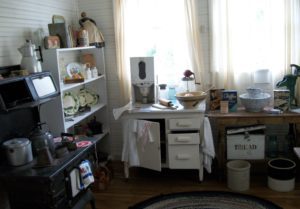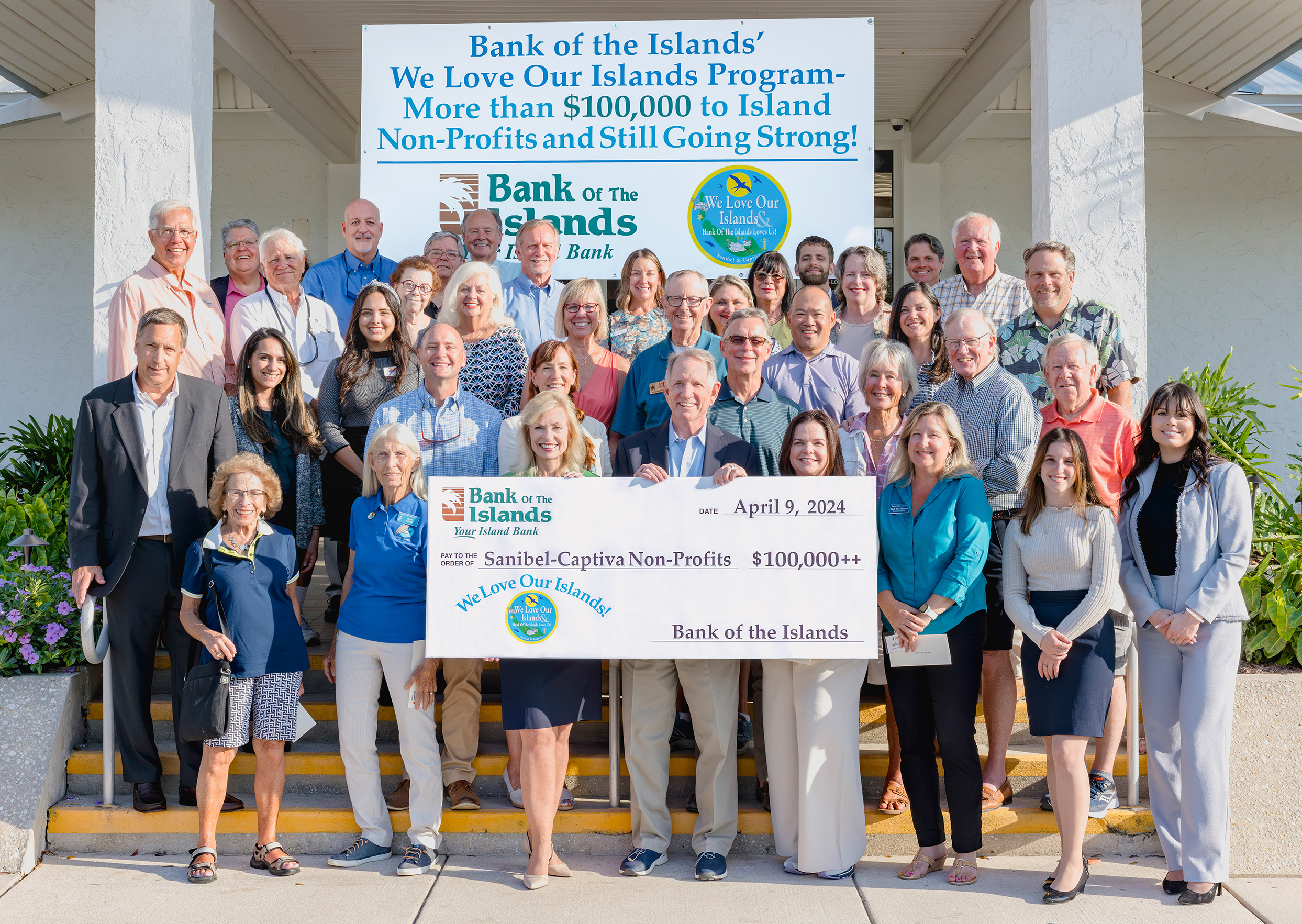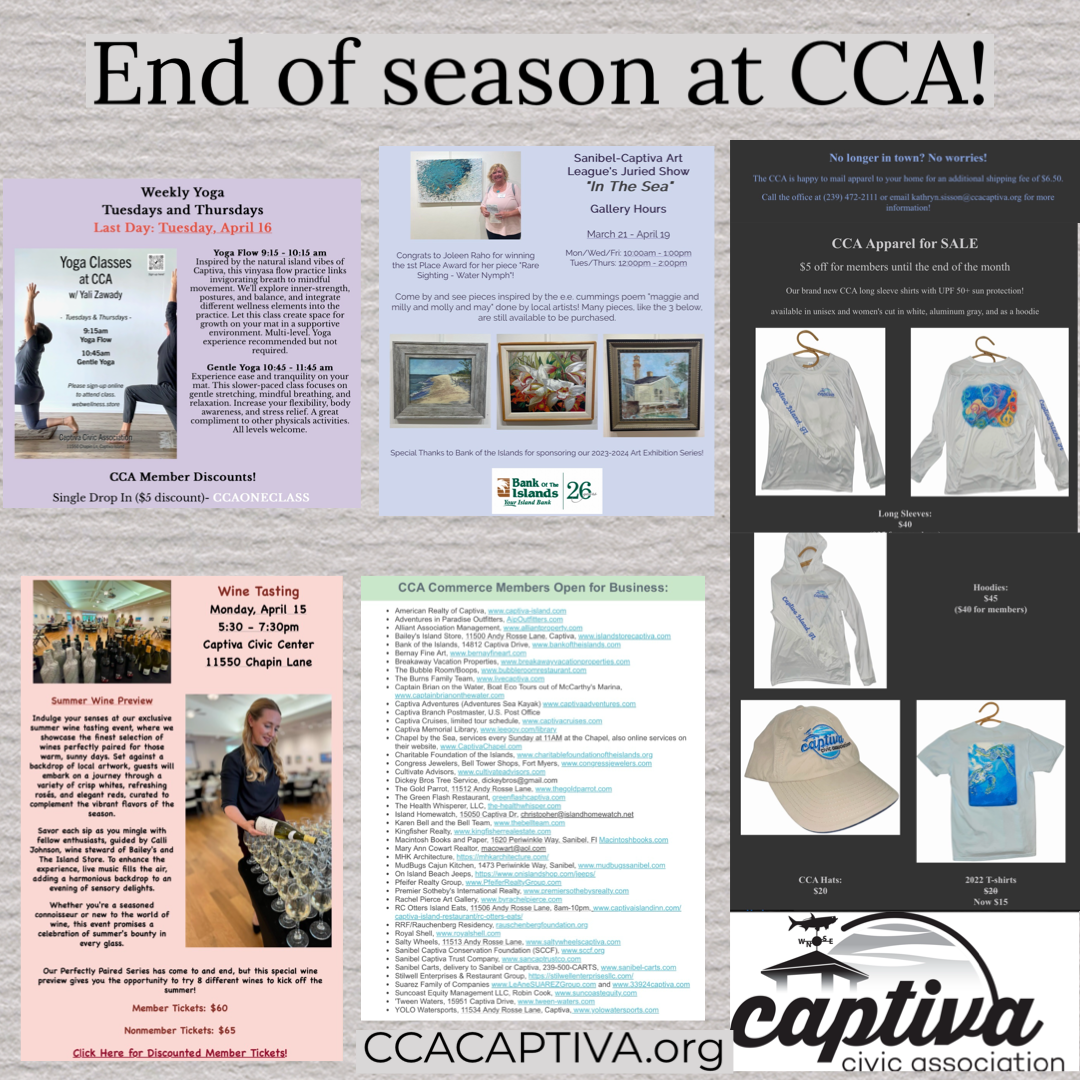 There is a place on Sanibel where visitors can step back in time and see a real “Cracker house” built in 1913.
There is a place on Sanibel where visitors can step back in time and see a real “Cracker house” built in 1913.
“The Rutland House is a favorite among our visitors,” said executive director Emilie Alfino of the Sanibel Historical Museum & Village. “I think it’s because it shows what life was really like for Sanibel residents in those days. Our exhibits are not behind glass or roped off – a person can really get the feel of stepping back in time, wandering freely through the home.”
In Florida, the term “cracker” is not an insult. Florida cowboys, as opposed to the more well-known Western cowboy, used cow whips, leading to the term “Florida Cracker” – from the “cracking” sound their whips would make while cowboys were herding their cattle. It is a term now used informally by some Floridians to indicate that their families have lived in the state for many generations.
In its simplest form, a Cracker house is a wooden shelter built by the early Florida and Georgia settlers. Lured to Florida by cheap and plentiful land, these pioneers arrived with few provisions and needed to erect shelter quickly and cheaply. Houses of this style are characterized by metal hip roofs to reflect heat, deflect windstorms, and collect rainwater; raised floors in case of flood and critters; and straight central hallways from the front to the back of the home, sometimes called “shotgun” hallways. This provides cross-ventilation to keep the house cool.
The Cracker house that resides in the Sanibel Historical Village was built in 1913 and was originally located on Periwinkle Way, just to the west of Periwinkle Park trailer park. It is constructed of slash pine, which hardens and becomes very heavy. The resin in the wood protects it from insects and water – but makes it more susceptible to fire.
Clarence Rutland, who purchased the home in 1928 and lived there until his death in 1982, was the son of Irene Rutland and Henry Shanahan, whom Irene married after her first husband’s death. Shanahan was the Sanibel lighthouse keeper in the early 1900s, earning $640 a year. Shanahan and his wife had 13 children between them, one of whom was Clarence.
Rutland and his wife Ruth had no children, but everyone referred to him as Uncle Clarence. In the 1920s, Clarence was a “jack of all trades.” He earned seven cents per crate packing tomatoes and peppers. He made deliveries, did road work, and farmed, among other jobs. He packed up to 80 crates or more per day.
Ruth was ill and died 30 years before Clarence. After Clarence Rutland’s death, the building was brought to the historical village in 1982 and for a number of years housed the entire museum, which opened in 1984.
As recently as 2014, village docents welcomed visitors at the front door of the Rutland House. Docents would explain that Ruth invented a system for the many visitors coming to the Rutland Home. A little piece of wood near the front door served as a signal to visitors: if it was vertical, that meant “Come on in!” but if it was horizontal, that meant “Not now!”
In the kitchen are many items to perform chores without electrical service, including a crockpot-like device with a stone that would be heated, and there is a pump vacuum cleaner that didn’t work very well.
The bedroom reminds people that, until the 1950s, Sanibel was the mosquito capital of the world, although the type of netting displayed in the bedroom was not normally used by the pioneers. When people could afford them, screens were put in windows. When someone awoke, they couldn’t tell if it was day or night, as mosquitoes completely covered the screens.
Clarence called the population of Sanibel, which was about 350 people in 1900, was more accurately “mosquitoes, cockroaches, and fleas.”
The house also includes a room dedicated to the Calusa, Sanibel’s original inhabitants before the arrival of Ponce de Leon.
The historical village has nine authentically restored buildings that have been moved to the village from their original island locations. Each represents a different aspect of pioneer life. In addition to the Rutland House, there is Miss Charlotta’s Tea Room, the old Bailey General Store, Morning Glories cottage, the old one-room Schoolhouse for White Children, the Caretakers’ Cottage, the 1927 Post Office, and the Burnap fishing cottage. There is also a garage featuring the 1927 Ford truck used by the Bailey Family, an old surrey, and a reproduction of a packing house with loading dock.
Located at 950 Dunlop Road on Sanibel, next to BIG ARTS, the historical village is closed at this time until further notice due to the coronavirus outbreak. When it re-opens, its hours until May 1 will be Tuesdays through Saturdays from 10 a.m. to 4 p.m. After May 1, hours will be Tuesdays through Saturdays from 10 a.m. to 1 p.m. Full guided tours are available at no additional charge, depending on docent availability. Admission is $10 for adults over 18. Members and children are free. There is handicap access.





